Nikon F3: The Best 35mm Film Camera Ever Made
A Fifteen-Year Long-Term Review of the Nikon F3
Find a film lab near you ☞ Where to Develop 35mm Film
The Nikon F3 is undeniably one of, if not the most sought-after film camera ever created by Nikon. Having stood the test of time, proven by its durability long after its production ceased in 2001. Designed by Giorgetto Giugiaro and introduced in 1980, the F3 marked a bold shift in Nikon’s approach: sleek, modern, and electronic, yet rugged enough to survive war zones and studio floors alike. It served photojournalists, fashion photographers, and artists alike with quiet confidence for over two decades. And as a proud owner of three Nikon F3s over 15 years, I can say without hesitation the F3 is the best 35mm film camera ever made.
A Decade-and-a-Half Love Affair with the Nikon F3
In 2008, while working at La Cañada Camera, I acquired my first Nikon F3 along with a Nikkor 50mm f/1.4 Ai-S lens. It came from a junk box a customer had dropped off. Since my co-worker grabbed it first, I gave him five bucks for it, popped in a new battery, and it fired right up. He only sold it thinking it was bricked. And if you weren’t into photography then, you missed out on a wild era when people were literally throwing film cameras in the trash—you couldn’t even give them away if you wanted to. At that shop, and at the one I worked at before—King Photo Supply, back in 2007—customers would leave behind boxes of junk gear at least twice a month. Coincidentally, while working at King Photo, I read an interview with a photographer who stubbornly kept using film to photograph weddings in the midst of the digital revolution—which eventually pushed me to photograph weddings on 35mm film.
Film is Not Dead
In 2010, film made an unexpected comeback. It was a great time to be into film (wedding) photography, as the prices of both film and gear were still very reasonable. However, the catalyst for dusting off the F3—which had, I hate to admit, been sitting in my Domke camera bag since I picked it up in 2008—was the book Film Is Not Dead: A Digital Photographer's Guide to Shooting Film. Pushing me to embrace manual mode, manual focus, and to photograph my own neighborhoods—seeing them as world-class destinations through the cameras I already had. But after getting the scans back from my first roll, most of the photos were out of focus. So I picked up a new Type D focusing screen—the red dot version—which is brighter than the standard-issue F3 screens, along with a new DE-2 viewfinder. Both upgrades made manually focusing on the F3 a bit easier for me.
This Summer Imperfect
And so began an intense love affair with the F3 around 2012, lasting until the summer of 2018—spoiler: it ends with sand. The F3 went everywhere with me, shaping how I saw light, framed, and explored overlooked corners of Los Angeles. It came with me to Oaxaca, Tijuana, and Guadalajara, but more importantly, it made the familiar feel worth photographing. Somehow, that camera gave everyday places—my backyard, my neighborhood, even the streets I drove through daily—a quiet sense of wonder.
It photographed my five dogs, now gone; my grandfather in Oaxaca before he could no longer walk; my nephew as a baby; my mom cooking; old cars I’ve since sold; buildings that don’t look the same anymore; and friends I haven’t seen in years. Because I loved almost every photo it gave me, I started this blog—This Summer Imperfect—just to show off the pictures well before Instagram took over our lives.
I Don’t Like Sand, It Gets Everywhere
As with most love affairs that come to a painful end, mine with the F3 ended abruptly in 2018—after its first and only trip to the beach. While helping friends with their lighting setup, I left it in my Domke bag on the sand. On the way back, I accidentally kicked sand over the bag, and sure enough, some got inside the camera. I took it to a repair shop I’d trusted for years—the same place I’d brought that F3 and 50mm f/1.4 Ai-S twice before. A week later, I got a call to pick it up, only to find out the guy had "lost" it. More likely, he sold it.
After a heated back-and-forth, he agreed to replace it—but handed me a different F3 with a dented viewfinder and a 50mm f/1.4 Ai lens. Sure, it was technically an F3, but it wasn’t my F3. It didn’t have the pristine red-dot Type D screen or the clean DE-2 viewfinder. More importantly, it didn’t have the history. It was just a stranger of a camera, stripped of all the meaning the original had carried over a decade. Like losing your first car—you don’t miss the specs, you miss the memories. So I sold it not long after. In 2022, I picked up a mint F3 HP, but even that didn’t feel right. I sold it too—figured someone else should put the first scratch on it. These days, my Nikon F6 fills the space the F3 left behind. It’s not quite the same, but sometimes, you just have to move on.
Nikon F3 Sample Photos
taken with the Nikkor 50mm f/1.4 Ai-S
Oaxaca, Mexico during Day of the Dead on Fujifilm 400H
Nikkor 50mm f/1.4 Ai-S: Nikon’s Crown Jewel
I’d be remiss not to mention the lens most often paired with the F3: the Nikkor 50mm f/1.4 Ai-S. It’s often dismissed by the gear-peddling shills on YouTube as just another 50 mil. But aside from The Angry Photographer, I’m probably the only other nut who’s actually owned and tested nearly every 1.4 and 1.8 50 mil Nikkor—not counting Ai and pre-Ai versions.
Technically, Nikon claims the optical formula is identical across the Ai, Ai-S, AF, AF (N), and both the Japan- and China-made AF-D versions. But after two decades of real-world use, I’ve found the Ai-S has the best micro-contrast, color, and tonal rendering. Dare I say, Zeiss-level rendition. And while it’s not a sharp lens by modern standards, what you get is a slightly dreamlike quality with beautiful tonal depth. It’s sharp enough when it matters and forgiving when your focus isn’t spot-on.
Four Reasons Why the Nikon F3 is the GOAT
Nikon knocked it out of the park designing a near-perfect precision instrument that outlived both the F4 and F5 in terms of production. Was it because of the materials they chose to use? Or maybe the collaboration between Giorgetto Giugiaro, who handled the timeless design, and Yasuo Kashiwa, who oversaw engineering and mechanics? Who knows? But what I do know is that a camera like the F3 will probably never be made again. And that’s okay—there are plenty in circulation anyway. So, if you’re thinking of getting one, here are my four reasons why I believe the F3 really is the best 35mm film camera of all time.
Exquisite Craftsmanship and Minimalist Design
Proudly made in Japan, the F3 exhibits unparalleled craftsmanship of its era, featuring all-metal construction that develops a beautiful patina over time. A testament to Nikon's dedication to quality. The F3 exemplifies minimalism. Every feature serves a purpose and never gets in the way of the creative process. Apart from learning how to manual focus, there is no steep learning curve associated with this camera.
Compact, Travel-Friendly and a Superb User Experience
Both the F3 and accompanying Ai-S lenses are relatively small compared to modern digital SLRs and mirrorless setups, making them perfect companions for traveling light. All while providing a delightful user experience with its bright and very large viewfinder, solid film advance lever, commanding shutter dial, and satisfying mechanical sounds. Instilling confidence with every shutter cycle.
Versatile Lens Compatibility and Extensive Customization Options
The F3, like many pro level Nikon film cameras, can use almost every Nikon F mount lens, including modern Zeiss and Voigtländer lenses. Allowing you to explore and experiment with a comprehensive library of lenses dating back to the original Nikon F of 1959. Add to that, Nikon went above and beyond with the F3, offering a wide range of accessories and variations to customize it according to individual preferences.
Long Battery Life and Stable Resale Value
The F3's battery can last through approximately thirty rolls of film, and even if the battery fails, the F3 can operate at a shutter speed of 1/60th. In the sixteen years I had mine, I replaced the battery no more than ten times if that. Maybe it’s why any variation of the F3 retains its value, ensuring you can recoup your investment if you decide to sell it. Although, I wouldn’t bank on flipping it unless you have pristine copy.
Four Drawbacks of the Nikon F3
Aside from the artificial price hike over the last five years—more on that in a bit—there’s not much to complain about. However, depending on your habits and even where you live, a few aspects of the F3 are worth mentioning as potential drawbacks.
No Weatherproofing
The F3 is not weatherproof. While I’ve seen people use their F3s in the rain, I wouldn’t recommend it. That said, the F3 was, after all, a workhorse for many pros worldwide in its heyday, and no one seemed to complain about the lack of weatherproofing. I live in L.A., where it rains maybe once a year, but it's something to consider if you live in an area with frequent rain. Or Heaven forbids you get sand in it like I did with mine.
Cumbersome Flash Setup
The standard-issue F3 does not have a universal hot shoe, forcing you to purchase proprietary Nikon flash adapters. While they’re neither difficult to find nor expensive, they do limit creativity. More than anything, though, they make your otherwise minimal setup rather cumbersome—especially since you must remove the flash contraption to rewind the film and open the film chamber door.
No Focus Confirmation
Unless you have the Type K split-image focusing screen and or have never used a manual focus camera, achieving accurate focus will require a lot of practice and patience due to the lack of an electronic rangefinder (focus assist indicator) in the viewfinder. However, if you have good eyesight, the Type D focusing screen is your best option—especially if it’s the red dot version, which is brighter than the standard issue.
Artificially Overpriced
I don’t need to tell you that over the last five years—thanks to YouTube gear "photographers" of both the analog and digital variety who jump on every trend for clicks—the price of the Nikon F3 has skyrocketed. Their Disney-Marvel-shill level of overhyping everything has driven up prices not just for the F3, but even for shitty digital point-and-shoot cameras. Thank God, the F3 has been the only Nikon these corporate shills have ever been interested in.
Is the Nikon F3 Worth Purchasing in 2025?
Hard to believe there was a time when people were throwing F3s in the trash. And it wasn’t that long ago you could pick up a minty F3 with a 50mm f/1.4 Ai-S for $250 tops. But I’m hopeful the price will come down in the next year or two, thanks to the Nikon Zf and other "retro-styled" cameras satisfying the corporate YouTube shills obsessed with retro-this and vintage-vibes-that.
Still, with the rising cost of film—and "film" presets pushed by those same YouTube shills—there’s little practical reason to pick up an F3 today. But if you have a genuine love and long-term appreciation for 35mm film, the F3 remains an excellent choice. It’s durable, widely available on eBay, and even with the artificial price hike over the last five years, you can still find one to fit your budget. Thanks to its long production run until 2001, it’s even possible to score a like-new model if you don’t mind paying a bit more.
That said, for digital users new to 35mm film, the F3 might not be the ideal starter camera. The Nikon N75, N55, and N80 are far more budget-friendly options, often priced around $50–$80 and usually paired with a basic zoom lens. If you’d rather go the Canon route, I recommend the Rebel GII, K2, or T2—all of which offer a much more accessible entry point into 35mm photography, mostly because the YouTube shills don’t bother with these early-2000s models. And since they use Canon EF or Nikon F-mount lenses, you can slap whatever DSLR glass you already have.
Where to Buy a Nikon F3
If you’re lucky enough to still have a local camera shop that isn’t a Spirit Halloween now, that’s a solid place to start. If you’re in Los Angeles, check out the L.A. Camera Expo. If you’re buying on eBay, stick to Japanese sellers like MAP Camera. Otherwise, Grays of Westminster or Japan Camera Hunter are your best bet if you want to skip the guesswork altogether.
The Legacy of the Nikon F3
Next to the Nikon N75, which was a high school graduation present that opened the floodgates of analog photography for me, no other camera has rekindled and kept the burning passion of film photography alive like the F3 since 2012. Along the way, photographs I have taken with the F3 together with the 50 1.4 Ai-S, have been featured in several publications, including LAMetro, and have been exhibited twice at the Vincent Price Art Museum.
And no, simply picking up an F3 will not make you a renowned photographer. However, it will make you want to go out and use it because it feels that good in the hands, along with the confidence it instills each time you hear the mechanical shutter and film advance cycle. Ultimately, that's how you hone your craft. By using the tools at hand day in, and day out.
It's fascinating to think how an inanimate object like the F3 has instill so much creativity in my life, from long-form writing to seeing the mundane neighborhoods I grew up in as world-class travel destinations, as well as appreciating handmade craftsmanship in all aspects of life, including architecture, clothing, and paper goods. And I believe Nikon feels the same way, as traces of the F3 are seen in Z mirrorless cameras today. And it saddens me to think that perhaps no other camera will ever replicate this emotional affection ever again.


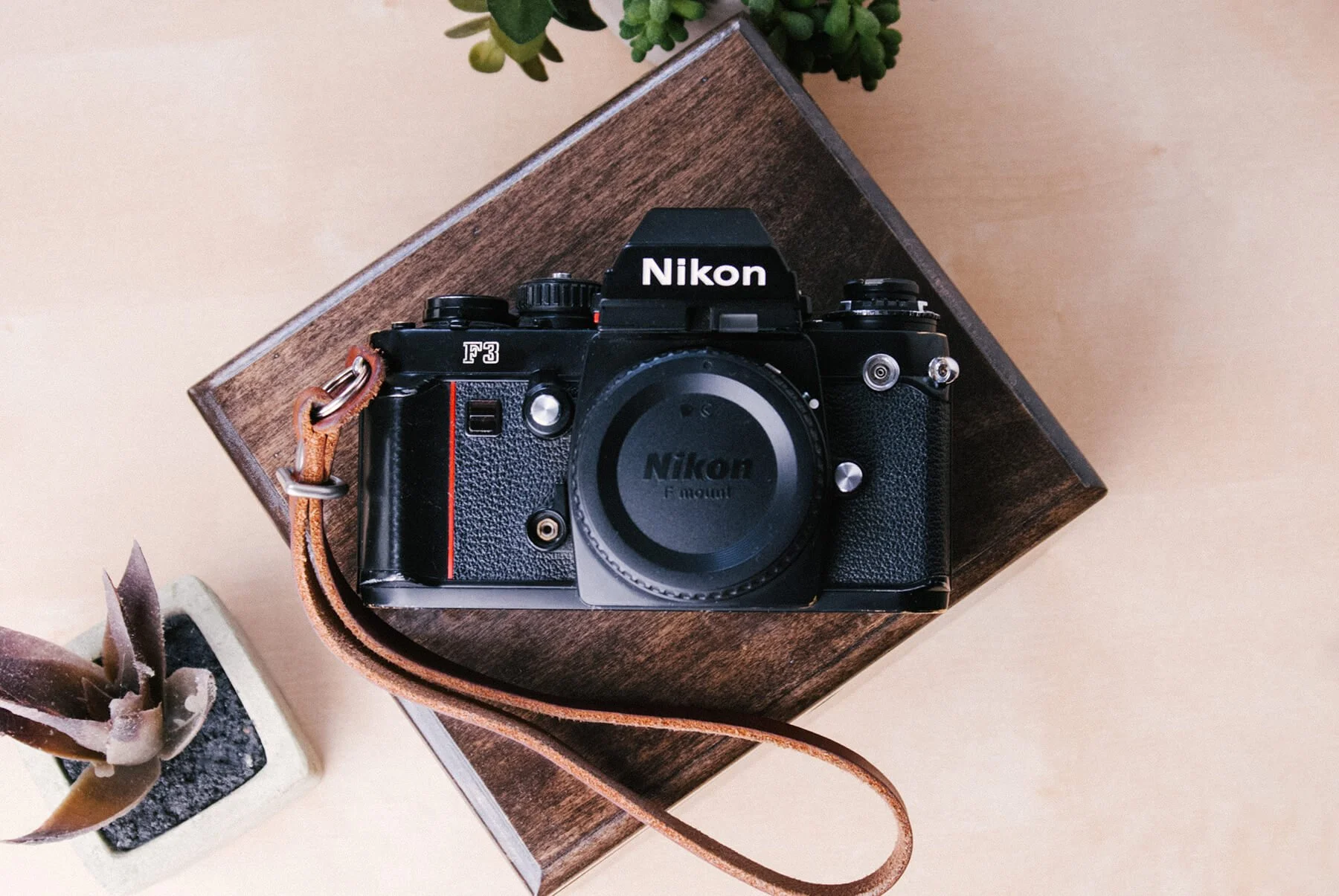
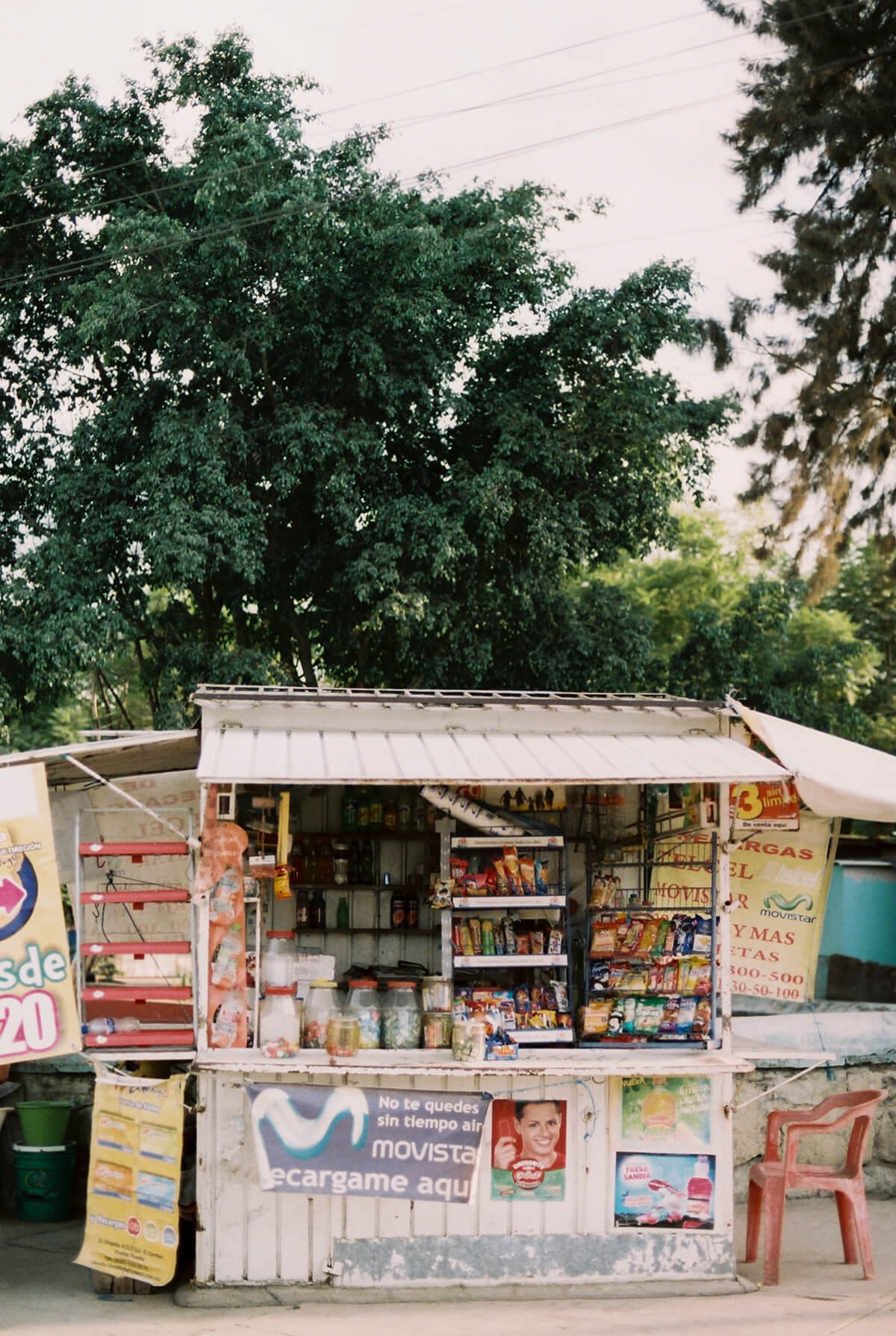
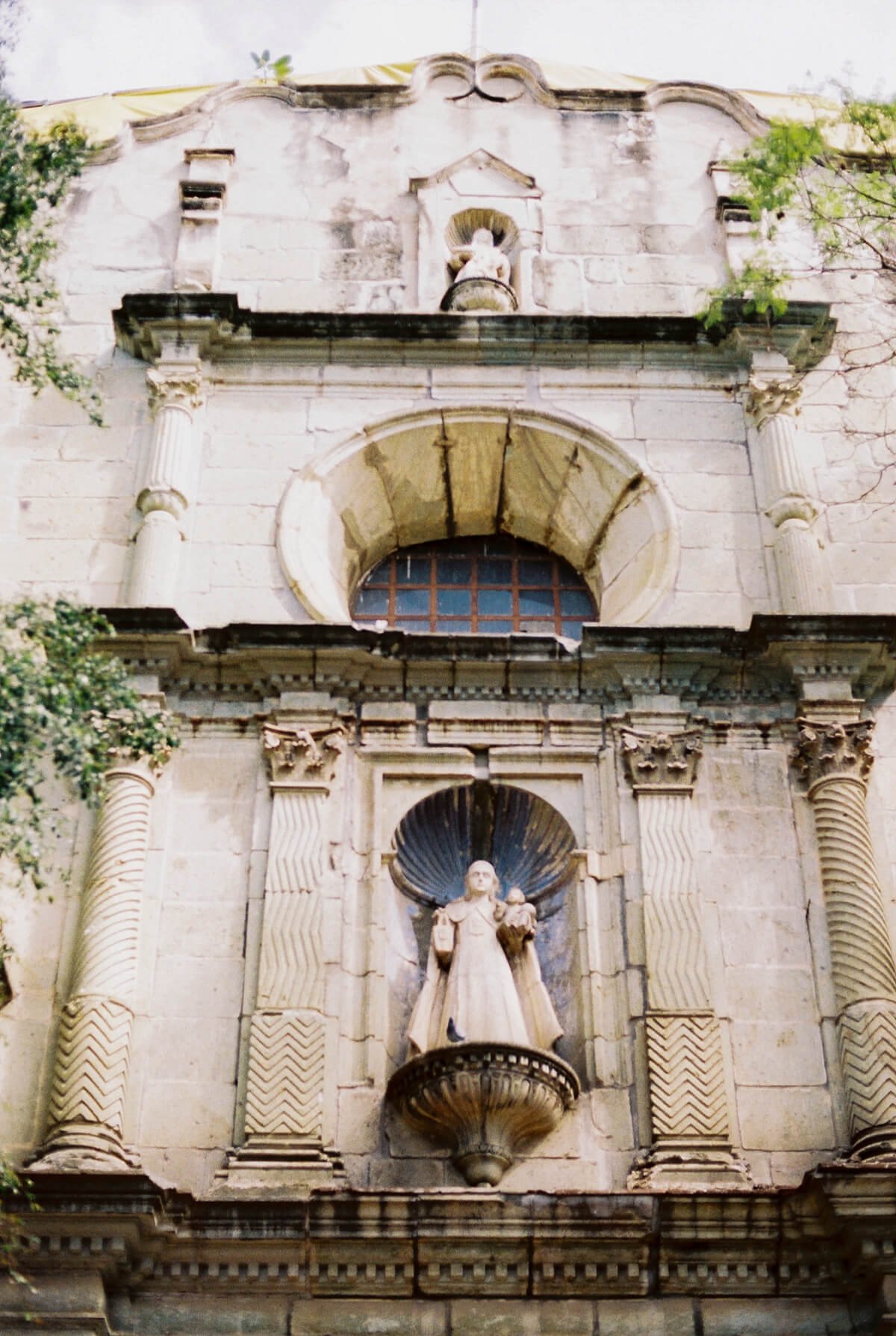
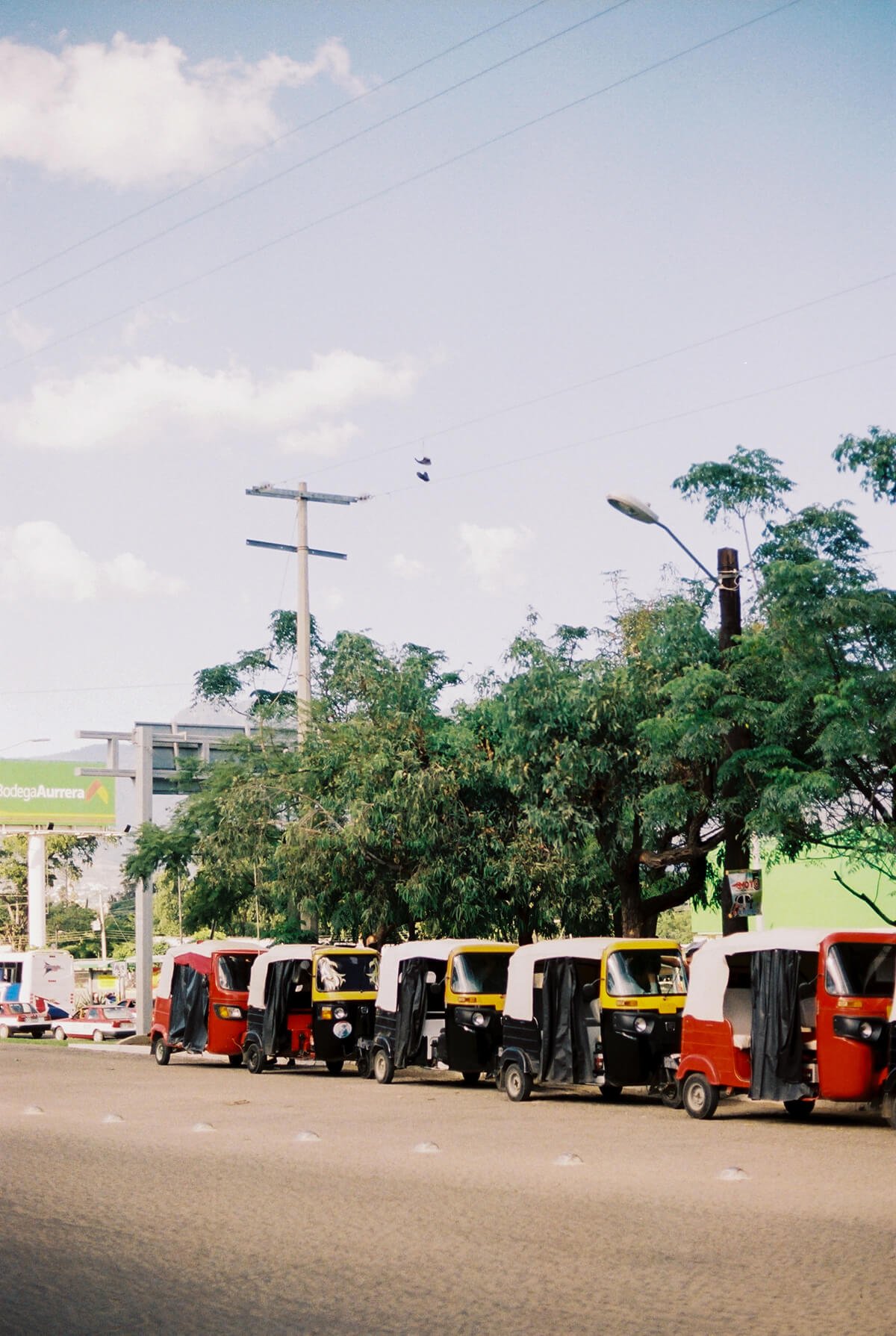
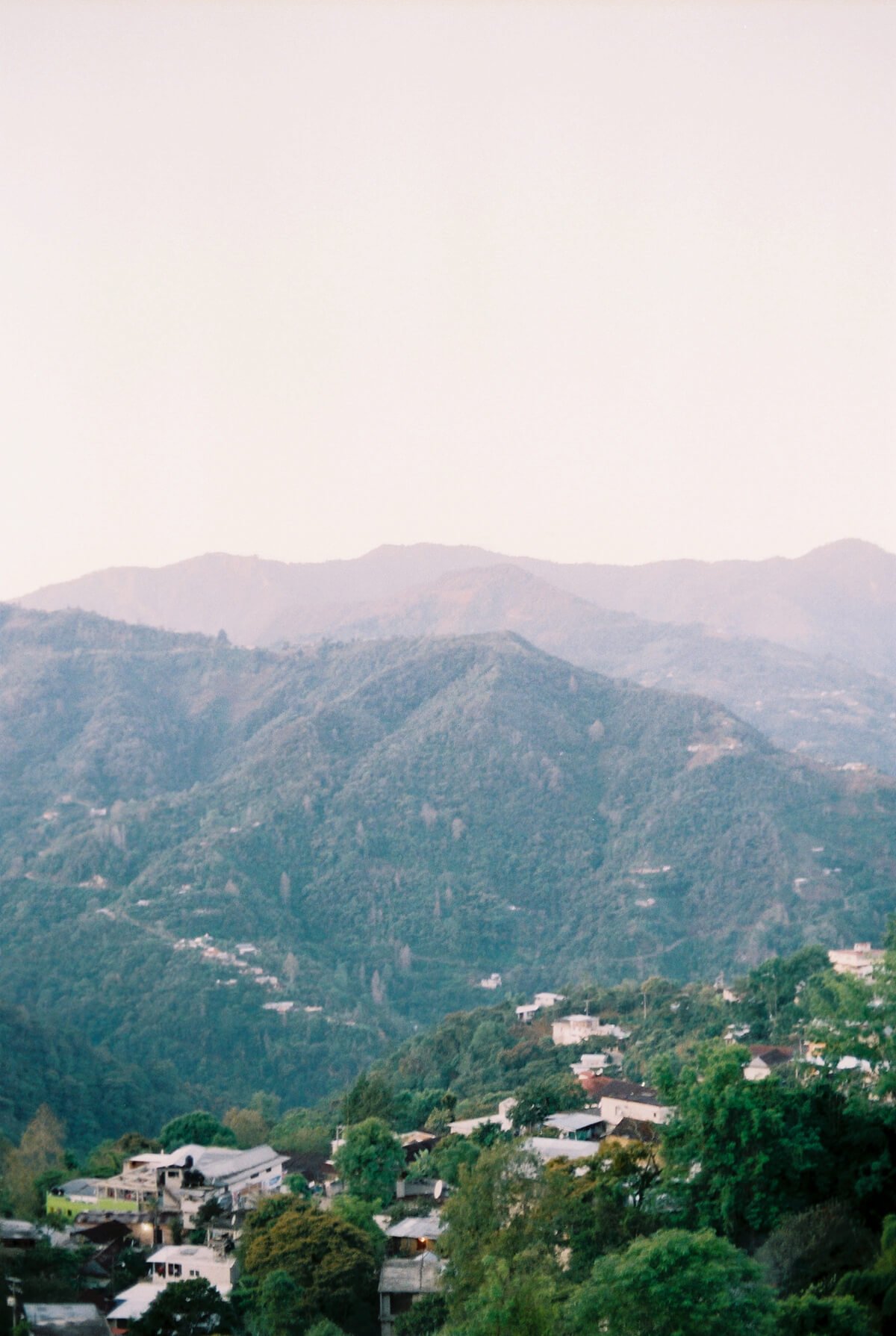
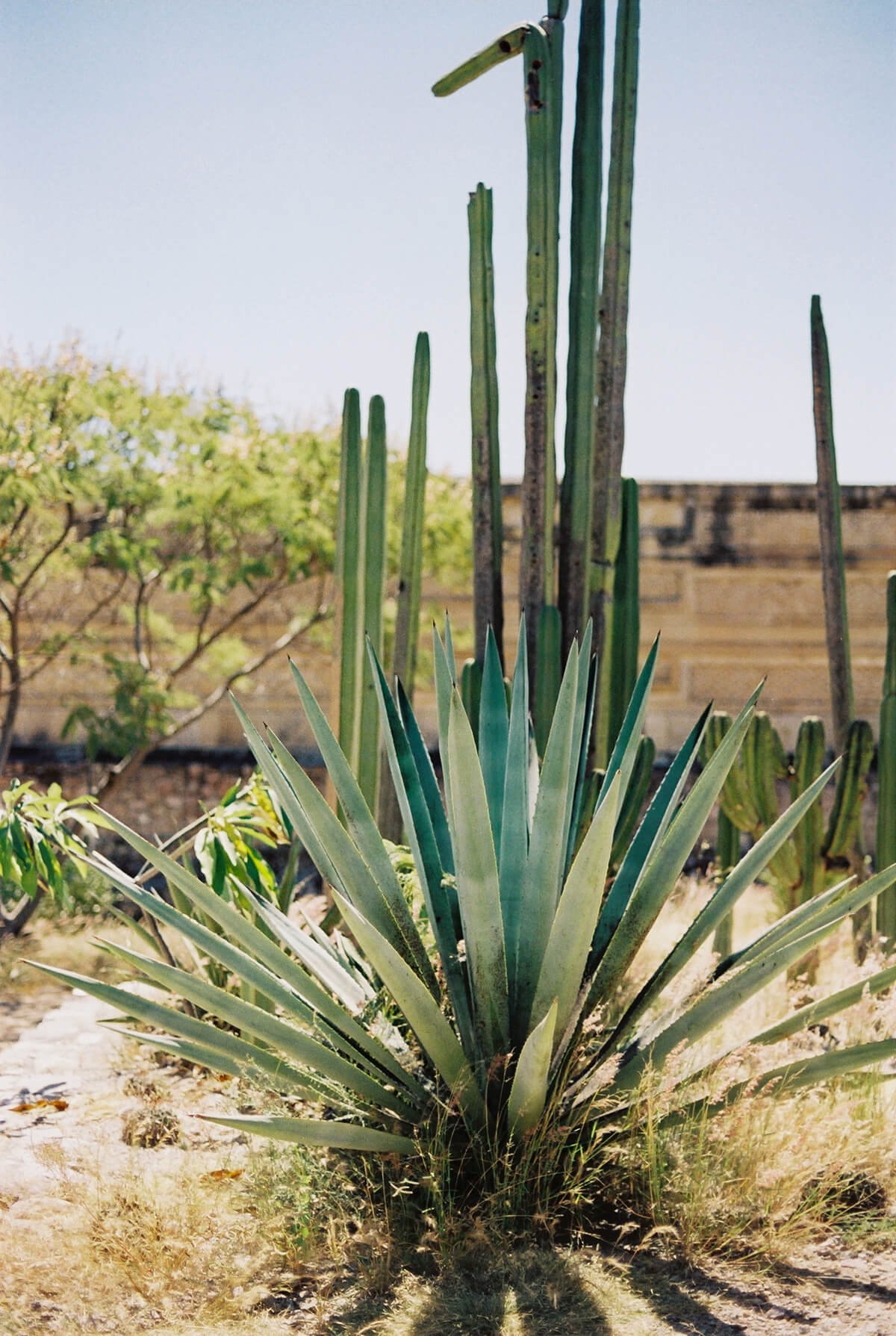
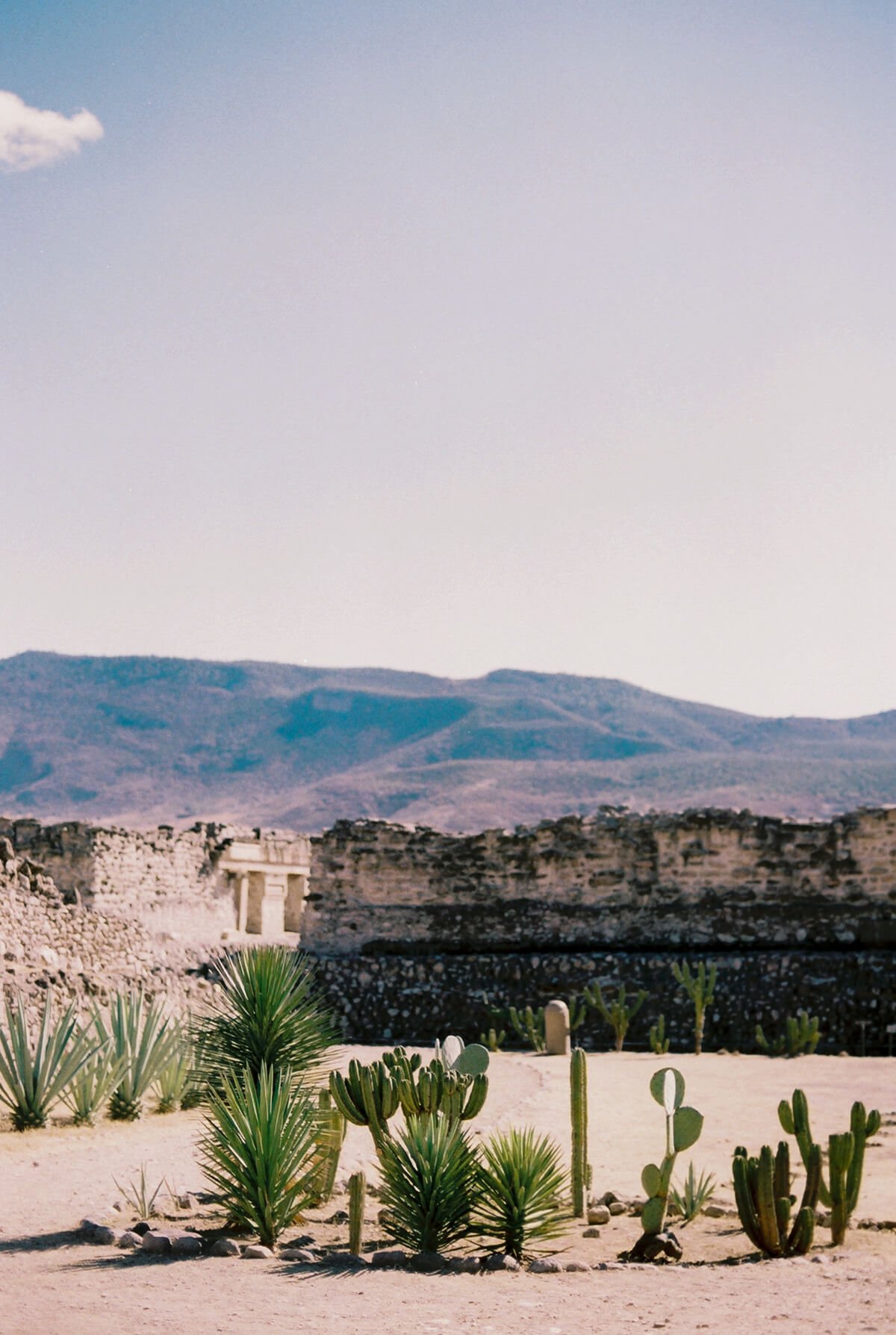
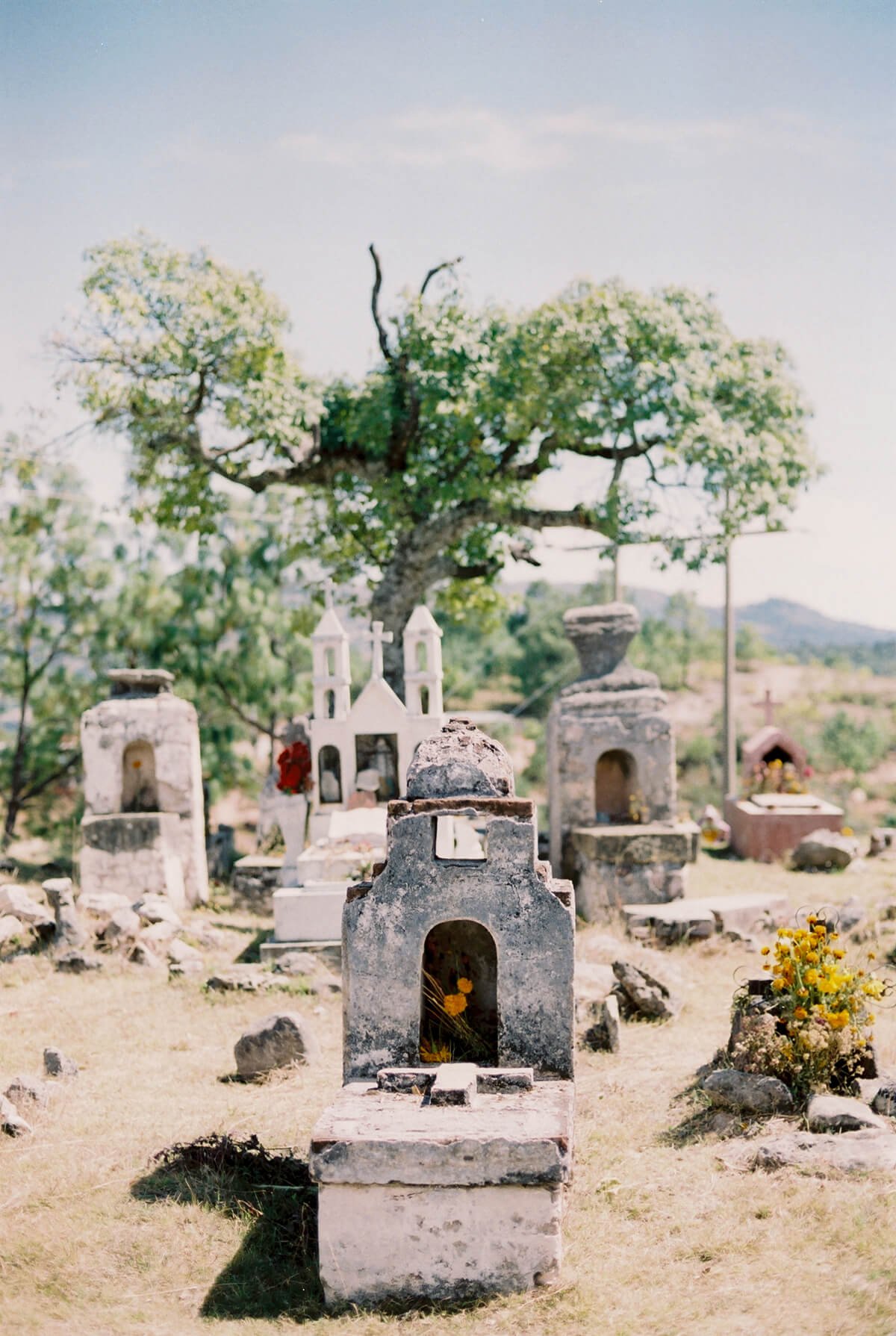

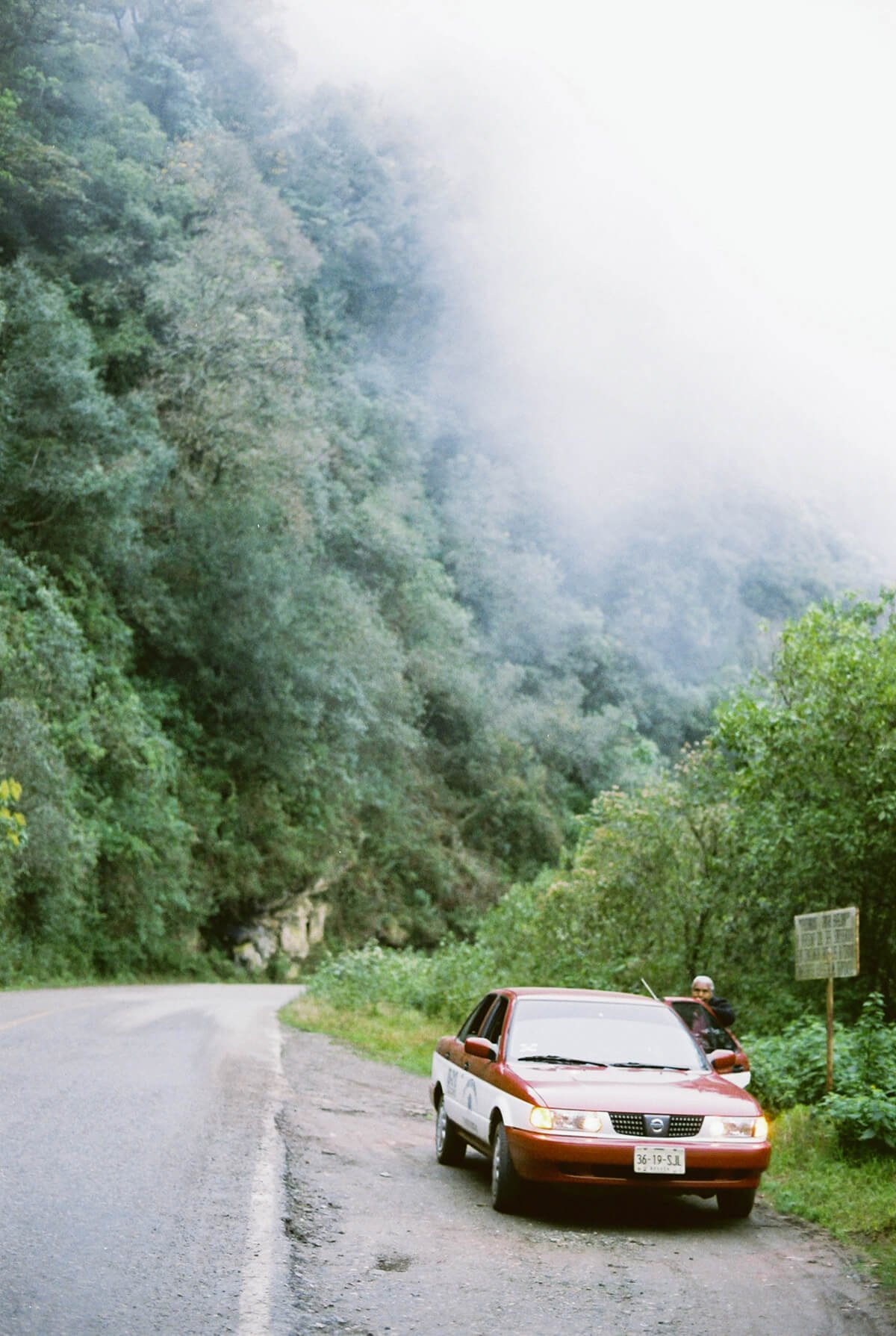





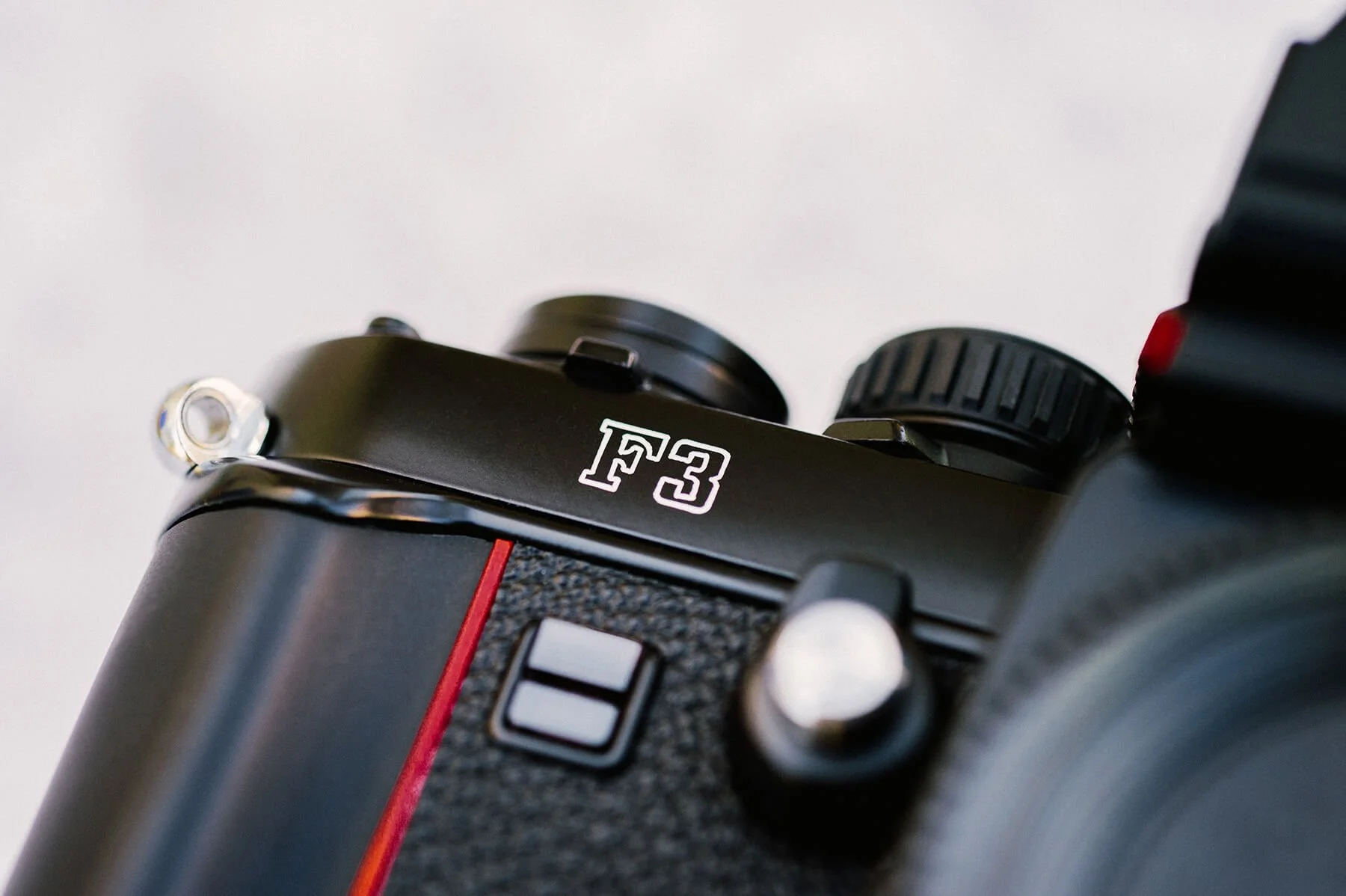











A sentimental case for why you should print your wedding and family pictures.